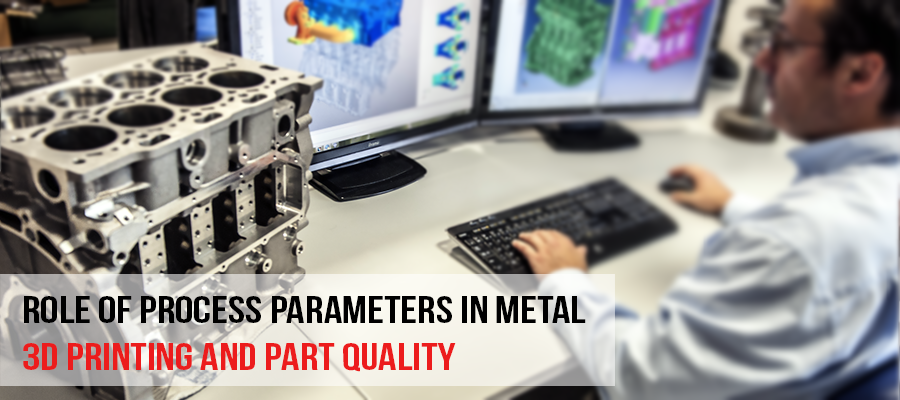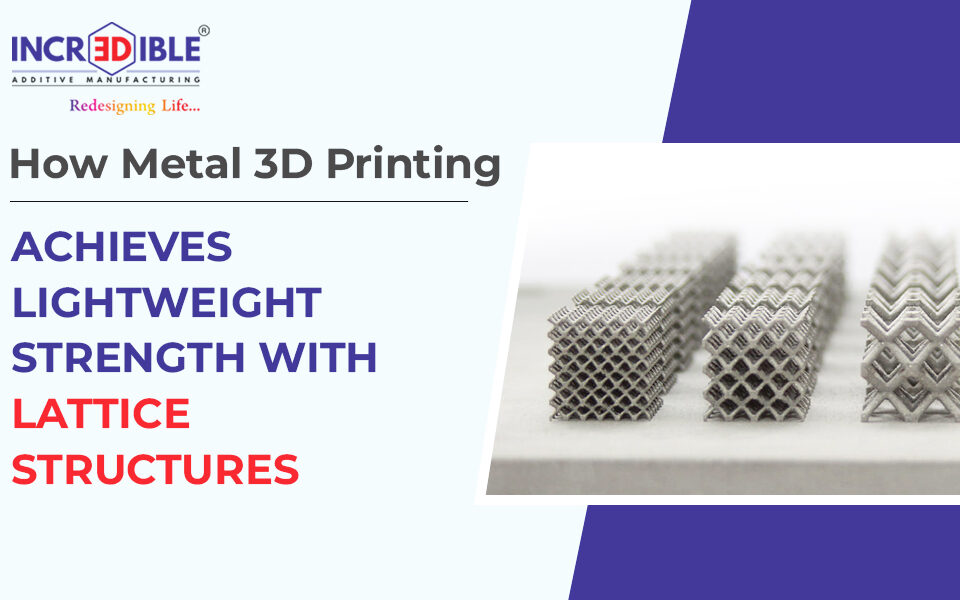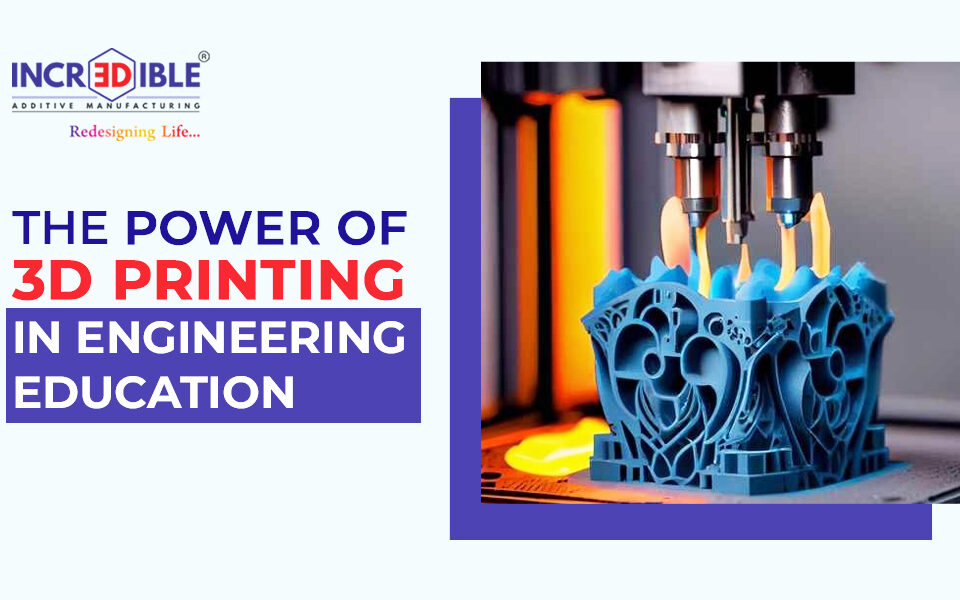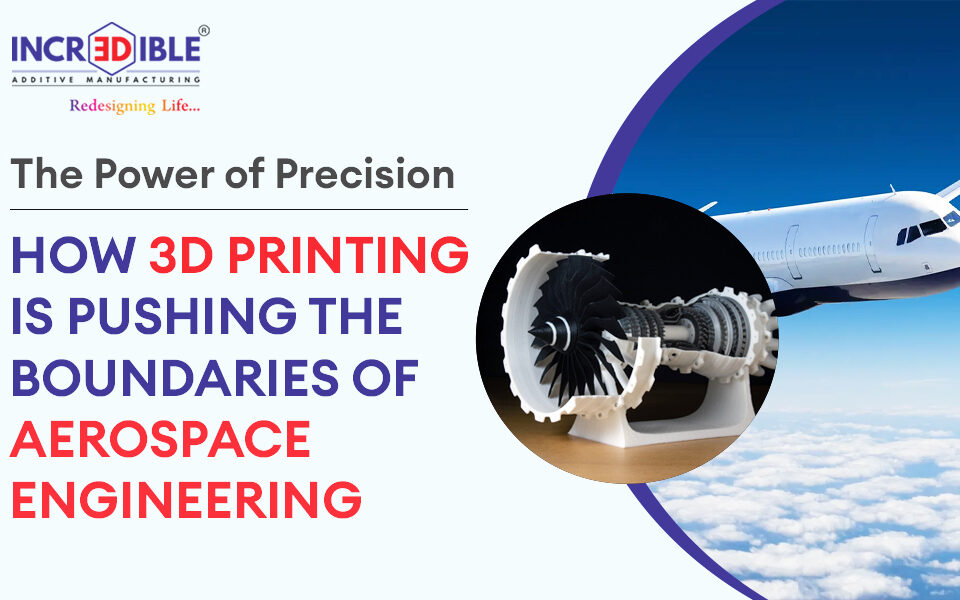Additive Manufacturing has surely added the value in Industry 4.0 by rapid prototyping, rapid manufacturing and rapid tooling. With the advantage of producing customised and complex design parts Additive Manufacturing has served the industries like medical, automotive, aerospace, defence, tooling, jewellery, fashion designing, etc. DMLS (Direct Metal Laser Sintering) type of Additive Manufacturing has found great applications in all of the above industries. The highly engineered DMLS machines are used for purpose like medical and engineering. But every application desires different mechanical properties, quality and the economic budget. How the machine parameters contribute in quality and property of the print? What are the parameters in additive manufacturing machines that play important role in manufacturing process? So can we adjust the machine parameters to get the required quality and mechanical properties? If yes what are their significance in contributing for Tensile strength, ductility, density, dimensional accuracy, surface finish etc. The parameters of printing like laser power, spot size, scanning speed, powder size, layer thickness, powder morphology, scan pattern, etc. drives the microstructure of part being printed. These parameters also decides the machine run time and energy consumption hence the cost of manufacturing. So according to the type of application process parameters can be set for getting desired quality in economical way.
Energy density is the factor which affects overall quality of the part being printed and is function of laser power, scan speed and layer thickness. It controls the bonding of material particle and the pore formation in the part. The melt pool which is formed by energy density governs the microstructure of printed material and hence the quality. The size, depth and temperature of melt pool all affect the mechanical properties like Yield strength, ductility, fatigue, hardness and surface finish. For all the materials this fundamentals work and hence applications wise the machine parameters can be adjusted.
There needs a deep understanding of the relation between process parameters and quality of part. Every process parameters contribute in different way to get different type of output. Incredible AM has a dedicated R&D department where customer’s requirement is studied and parameters are optimised accordingly. The applications like conformal cooling, tooling, prototyping, are studied to apply the optimal machine setting and print the part for best output. Optimised parameters makes post processing easier and helps in reducing lead time. But each parameter has its own significant importance and effect on part properties so has to understand with due care. The range to change the parameters is limited within some values and also varies material to material.
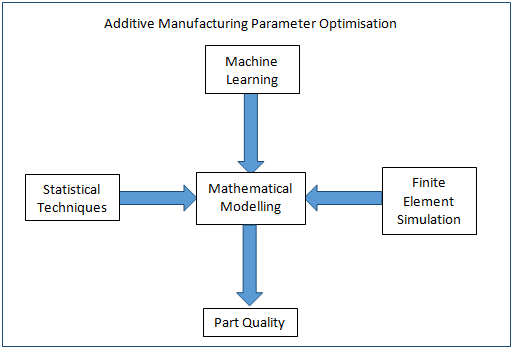
The parameter optimization not only helps in getting the part properties but also optimizing the print cost and print time. This makes the 3d printing economical and allows maximum utilization of machine. One should know the influence of changing individual parameter as well as group parameter on part quality. Different materials responds in different way on changing these parameters. The knowledge of material science and heat treatment cycles along with different statistical techniques and Finite Element Simulation helps to establish this relation and define the parameter for particular applications.
Conclusion:
Incredible AM is customer centric service provider where customer’s order is engineered for best quality by providing smart solution. Many advanced machines that are coming in future can have artificial intelligence and machine learning technology that can help user in optimising the parameters in less Research and Development trials and cost.

